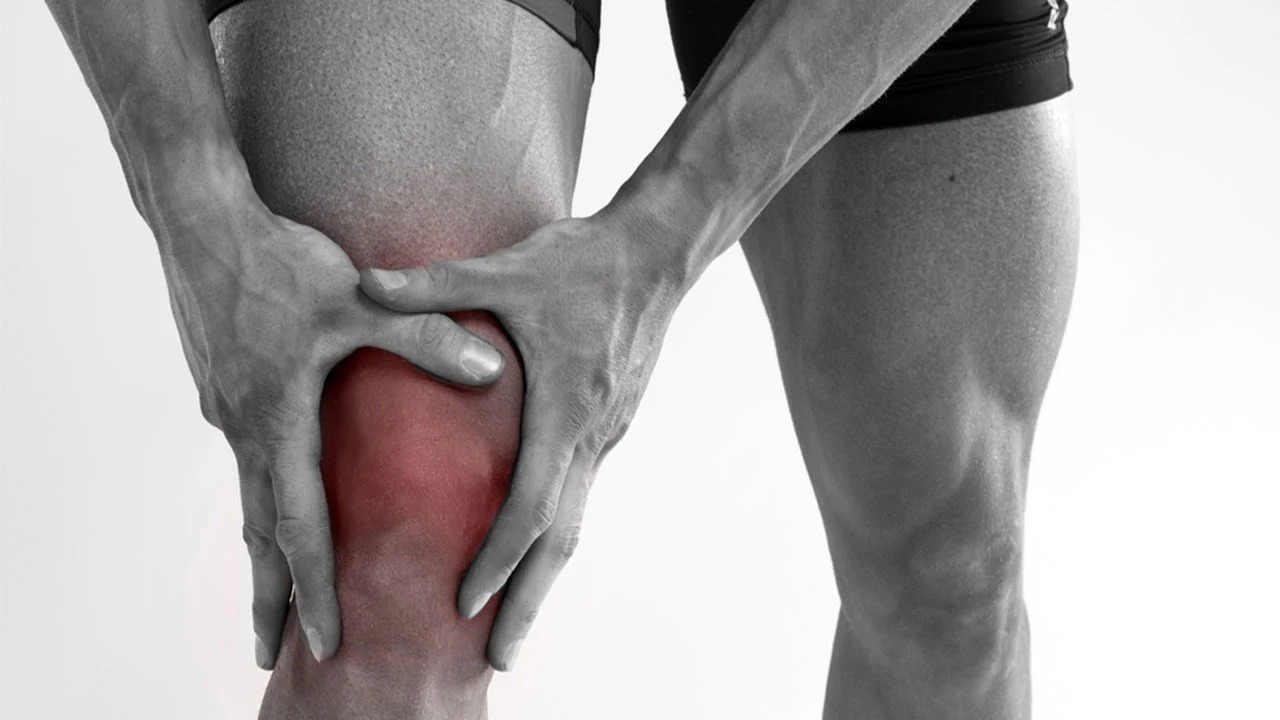Recovering from Patellar Tendonitis: The Role of Sports Physiotherapy
Bouncing Back Stronger: A Comprehensive Guide to Overcoming Patellar Tendonitis with Sports Physiotherapy
Introduction:
Are you an active individual who's been sidelined by the frustrating and painful condition known as patellar tendonitis, also known as jumper's knee? Whether you're an athlete or just someone who enjoys regular physical activity, this common injury can significantly impact your life. In this article, we'll delve into what patellar tendonitis is, its stages, common causes, symptoms, and the invaluable role of sports physiotherapy in its management and recovery.
Understanding Patellar Tendonitis:
Patellar tendonitis, often referred to as jumper's knee, is an injury that affects the tendon connecting your kneecap to your shinbone. This crucial tendon facilitates force transfer from your quadriceps muscles, allowing you to straighten your knees. Neglecting this condition can lead to deterioration and, in severe cases, even tears in the patellar tendon.
Stages of Patellar Tendonitis:
1. Stage 1: Pain occurs only after physical activity.
2. Stage 2: Pain during activities, but still manageable.
3. Stage 3: Pain limits your activities.
4. Stage 4: Complete patellar tendon rupture, necessitating surgical repair.
Common Causes of Patellar Tendonitis:
This injury is often the result of repetitive activities such as running, jumping, and quick direction changes, especially when insufficient rest is given between exercises or sporting events. Athletes engaged in high-jumping sports like basketball or volleyball are particularly susceptible. Other contributing factors can include tight leg muscles, repetitive stress, muscle imbalances, playing on hard surfaces, and excessive jumping.
Recognizing the Symptoms:
The hallmark symptoms of patellar tendonitis include tenderness and pain between the kneecap and shinbone, stiffness around the knee, and occasional swelling. Initially, the pain is exercise-induced and worsens with continued activity. As the condition progresses, it can interfere with daily tasks like climbing stairs or standing up from a seated position. Activities like jumping, squatting, and running can exacerbate the pain.
The Role of Sports Physiotherapy:
Sports physiotherapy plays a pivotal role in managing and recovering from patellar tendonitis. Physiotherapists focus on movement-based treatments, offering tailored exercises and stretches to heal the inflamed tendon. These exercises aim to strengthen leg muscles, enhance knee tendon flexibility, and alleviate pain. Different loading programs, such as eccentric and eccentric-concentric loading, have been found effective in reducing pain and restoring function. Additionally, physiotherapists assess posture, gait, and biomechanical issues, recommending corrective exercises to address imbalances and muscle/joint instability.
The Recovery Timeline:
With the appropriate treatment approach, individuals with patellar tendonitis can expect relief from knee pain within three weeks. Full recovery may take up to six weeks, but comprehensive rehabilitation through physiotherapy can extend the timeline to several months.
Conclusion:
Patellar tendonitis may temporarily disrupt your active lifestyle, but with the guidance of a sports physiotherapist and a customized treatment plan, you can regain your strength and mobility. Don't let this condition hold you back—prioritize your body's well-being and seek the expertise of a qualified sports physiotherapist today. By addressing the root causes and following a tailored treatment plan, you'll be back to doing what you love in no time.
Frequently Asked Questions (FAQs)
Q1: What is patellar tendonitis, and how does it occur?
A1: Patellar tendonitis, also known as jumper's knee, is a condition characterized by inflammation of the patellar tendon, which connects the kneecap (patella) to the shinbone (tibia). It typically occurs due to repetitive stress or overuse of the knee, often seen in sports that involve jumping and running.
Q2: What are the common symptoms of patellar tendonitis?
A2: Common symptoms of patellar tendonitis include pain and tenderness just below the kneecap, stiffness in the knee joint, and discomfort when bending or straightening the knee. Pain may worsen with physical activity, especially activities that involve jumping or squatting.
Q3: How is patellar tendonitis diagnosed?
A3: Diagnosis of patellar tendonitis typically involves a physical examination by a healthcare provider or a sports physiotherapist. Imaging tests such as ultrasound or MRI may be used to confirm the diagnosis and assess the extent of tendon damage.
Q4: Can sports physiotherapy effectively treat patellar tendonitis?
A4: Yes, sports physiotherapy is an effective treatment option for patellar tendonitis. Sports physiotherapists use various techniques to reduce pain and inflammation, strengthen the muscles around the knee, and improve flexibility. They also provide guidance on modifying activities to prevent further injury.
Q5: How long does it take to recover from patellar tendonitis with sports physiotherapy?
A5: The duration of recovery from patellar tendonitis with sports physiotherapy varies depending on the severity of the condition and the individual's response to treatment. In many cases, patients can experience significant improvement within several weeks to a few months. Consistency with physiotherapy exercises and following the physiotherapist's advice is crucial for a successful recovery. Your sports physiotherapist will create a personalized treatment plan and timeline tailored to your specific condition and goals.

